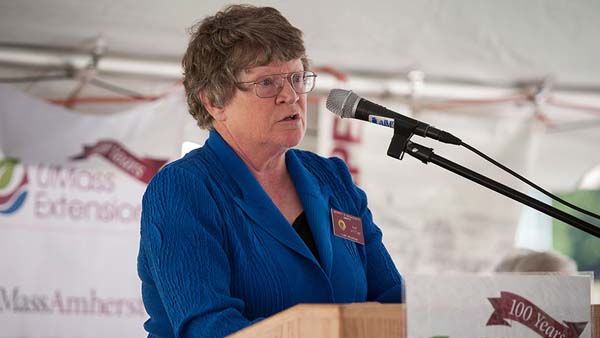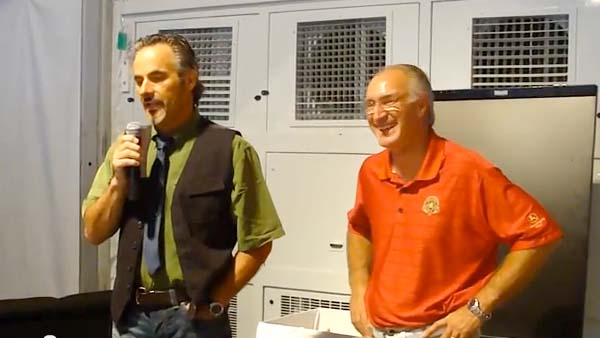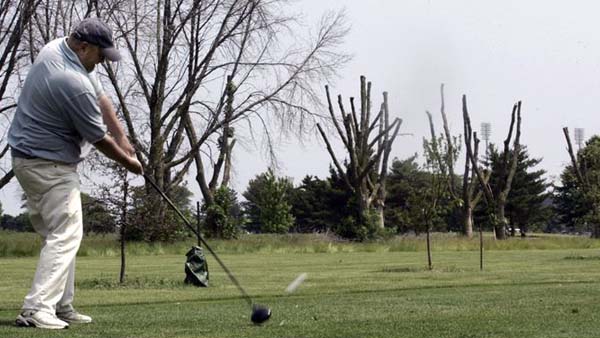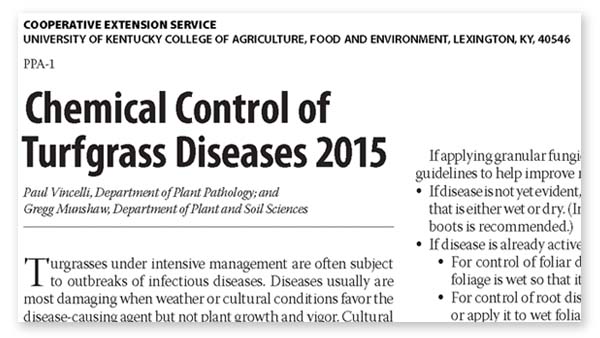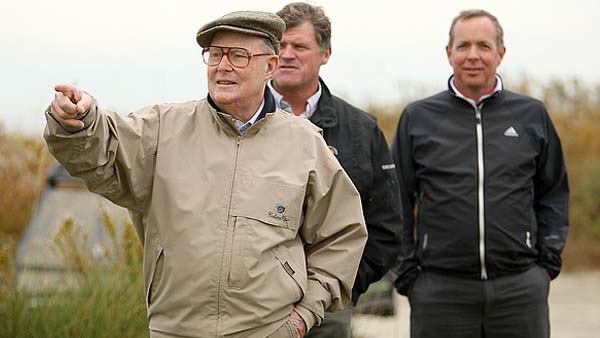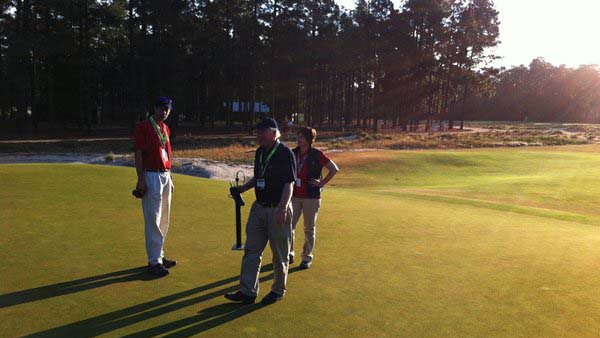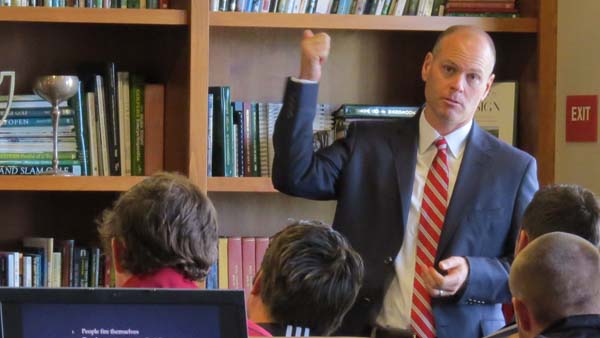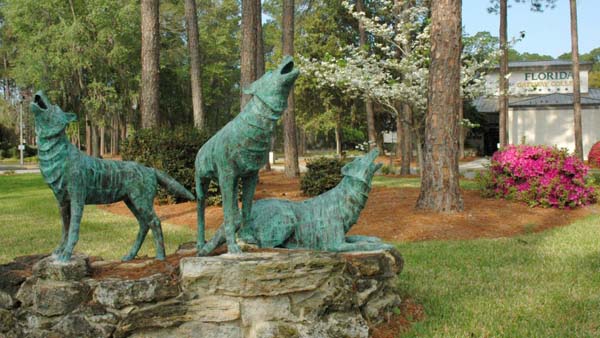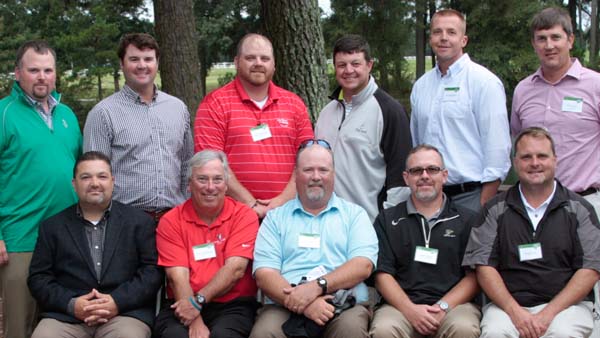
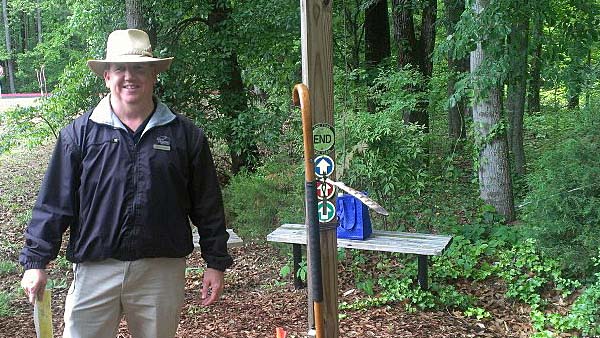
"We were in the Lord's hands," Williams said during the awards ceremony. "It seemed very unlikely that I would be able to attend the annual meeting. We set a goal to not let that happen. God was good and rehab went well for Phyllis and I. Everything worked out all right. I have never been so blessed to be with you all and soak it all in." Williams has a closetful of awards for his service to the golf industry. The 2009 TurfNet Superintendent of the Year winner, Williams has served on the Georgia GCSA board of directors since 2001. He received the GCSAA President's Award for Environmental Stewardship in 2010, was the overall winner of the GCSAA and Golf Digest Environmental Leaders in Golf Award in 2006 and twice was a chapter winner, and in 2012 published "The Environmental Stewardship Toolkit," a collection of best practices and ideas for the environmental management of golf courses. "Anthony Williams personifies the maximum of every criterion we weigh when we consider this award," said Georgia GCSA president Mike Brown of The Standard Club. "The work he has done for his facility, for his association, for this profession, and for golf as a whole, establishes a new standard that stands as inspiration and motivation for the rest of us." The award ceremony was preceded by the induction of this year's class of the Georgia GCSA Superintendent Hall of Fame: William Shirley, CGCS at Peachtree Golf Club in Atlanta, Ron Sinnock, who retired in 2005 after a nearly 40-year career between Chattahoochee Golf Course in Gainesville and Coosa Country Club in Rome, and the late Bobby McGee, who in 1976 was the host superintendent for the only U.S. Open Championship played in Georgia.
- Read more...
- 2,472 views



